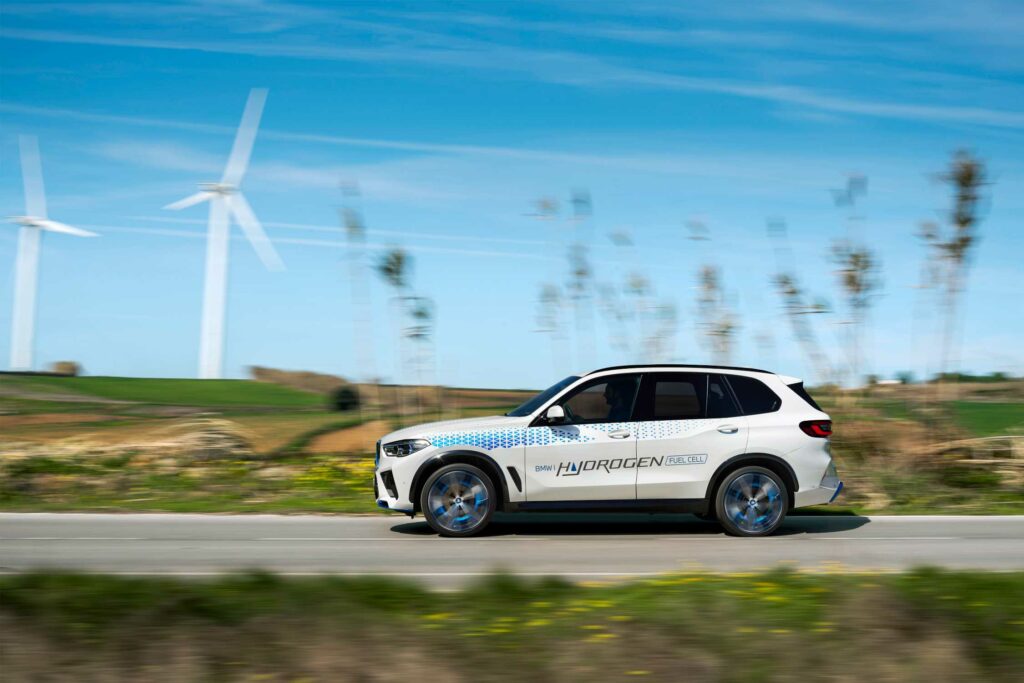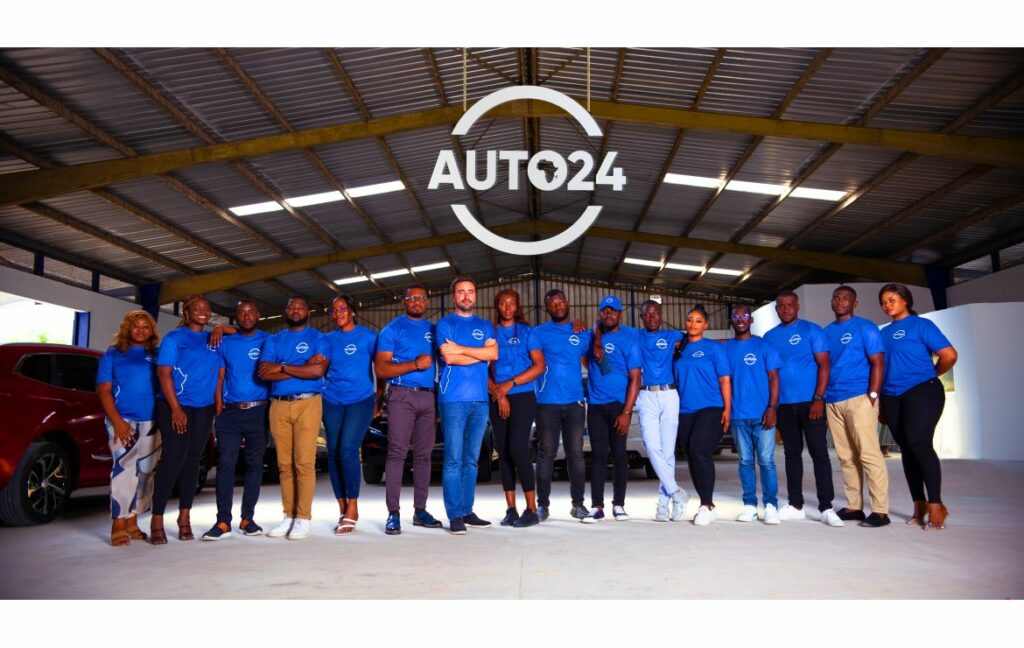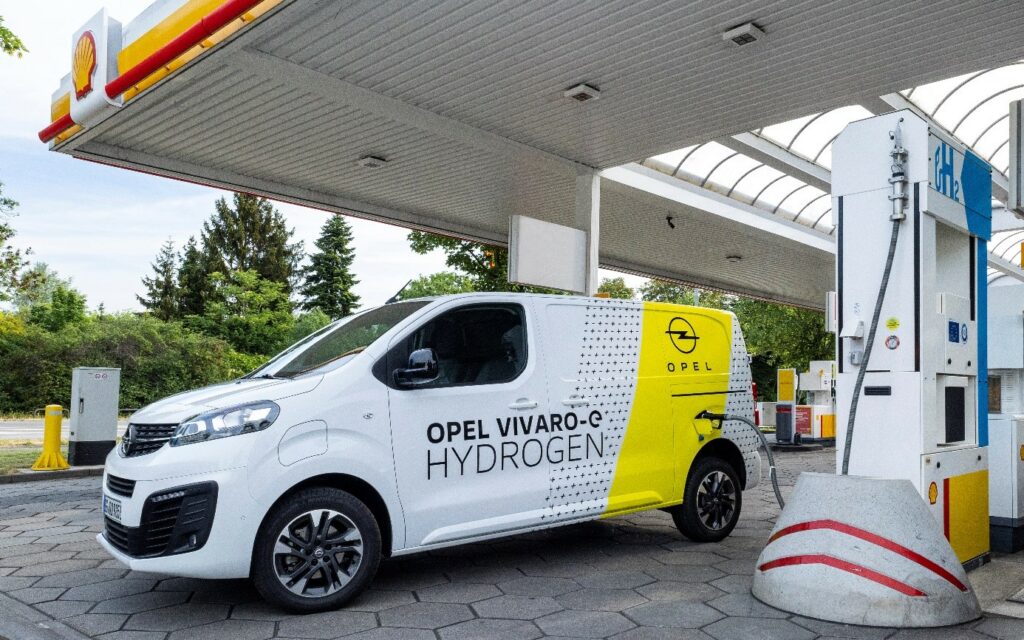Carmaker logos change to reflect digital automotive market
03 October 2022
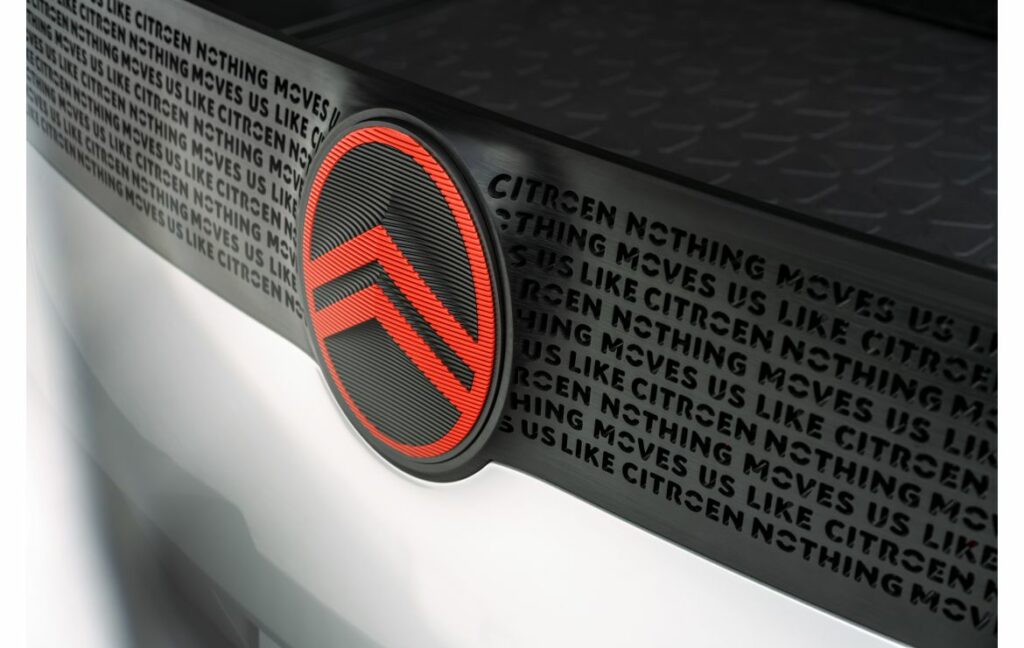
Autovista24 editor Phil Curry examines why so many carmakers are producing new 2D logos, and what benefit they have over 3D versions.
Once, the best way to advertise a vehicle brand was through an eye-catching logo on cars and dealership signage. But as times have changed, so too have carmaker logos, with an increasing number of companies adopting 2D images.
Many years ago, the first place consumers would see branding would be on a vehicle, followed by a large sign outside a dealership. But today, many will instead take their initial interest in a carmaker online. The first impression is now made digitally, rather than personally. A good-looking website will draw customers in, no matter whether they buy online or in person.
Therefore, a logo has to be a badge of all things in a digital age. It must stand out on a screen, as well as on a car. For this reason, carmakers have been changing their logos over the last few years, flattening the images and amending the designs to look good on a screen, as well as on metal.
It is not just one or two companies that have taken this route. Since 2019, Volkswagen (VW), Nissan, BMW, Kia, Skoda, Vauxhall, Opel, Volvo, Dacia, Peugeot, and Renault have all updated their badges, moving to a modern, flat image without any hint of 3D rendering. The latest carmaker to join these ranks is Citroën. The French carmaker has unveiled a new design for the chevron emblem that has become synonymous with the marque, linking back to its past while also embracing a more digital future.
Carmakers embrace the digital age
Citroën stated that particular care has been given to the design to ensure the digital experience meets the expectations of new customers for ergonomics and aesthetics – including providing a ‘dark mode’ option – fully meeting the needs and requirements for online sales.
Renault too highlighted the need for a strong digital presence in their logo unveiling. ‘The current logo – created in 1992 and redesigned in 2015 – is being redesigned as Renault moves into a new era to meet the challenges of a modern international brand, with a significant focus on the digital world,’ the carmaker said.
Meanwhile, Skoda, whose new logo is a big departure from its previous iterations, highlighted the need for a new look due to its Next Level strategy and the need to embrace a digital world.
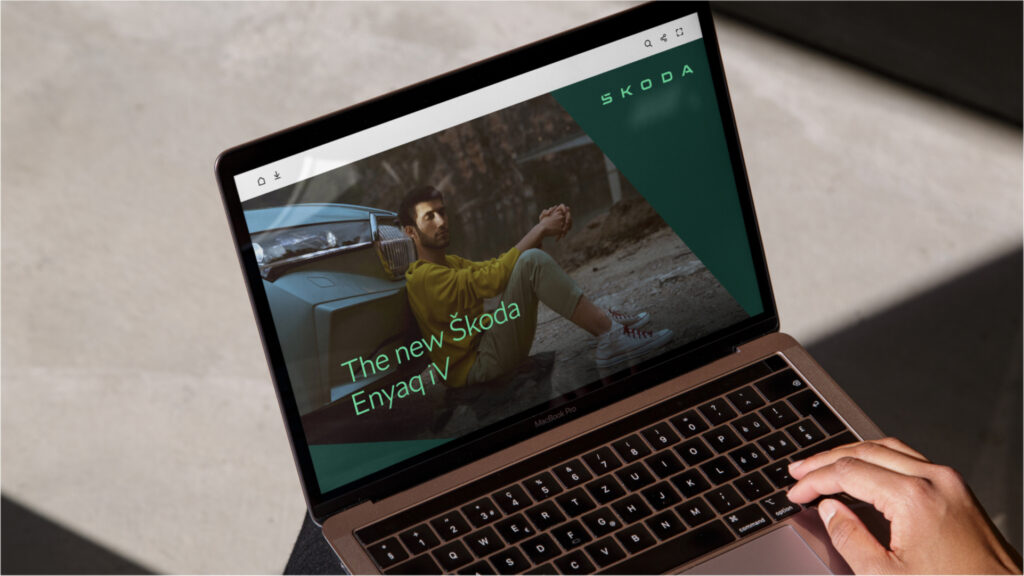
‘The increasingly intensive use of the logo in various digital formats has led us to redesign the logo in two-dimensional graphics that are easier to recognise and more distinctive on displays, as well as in print, than the existing three-dimensional design,’ said Petra Mackeová from the company’s marketing department, explaining the principles behind the changes.
Volkswagen was the first major car brand to unveil a flattened logo in 2019. ‘The new two-dimensional logo has been reduced to its essential elements. It is flat and open, offers high contrast and can be used with outstanding flexibility in digital media,’ commented Jochen Sengpiehl, VW’s chief marketing officer.
The German carmaker stated that the digital application was especially important for the development of the logo. ‘The new two-dimensional design will ensure that the logo is displayed in the optimum way in all media – on large hoardings as well as on a smart watch, tablet or mobile phone,’ the company said. ‘The 3D logo seemed to be rather inflexible in the digital era.’
Buying attitudes drive change
The digital era that is referred to includes advertising displays, mobile apps, and most importantly, company websites. Once the realm of simple information, today’s buyers are most likely to check all aspects of a vehicle online, confirm the desired specifications, and perhaps even purchase the vehicle, all without thinking about visiting a physical showroom.
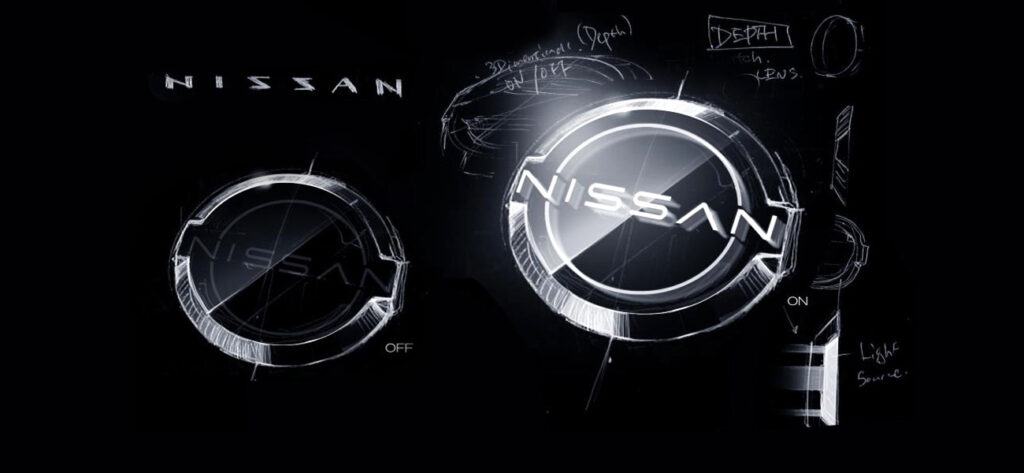
The need to ensure a strong online presence means carmakers must think like web designers rather than branding experts. 3D logos may look good on paper-based posters or traditional signage, but they do not translate well to a screen. They are also difficult to animate, should this be required as part of a website design.
With COVID-19 driving customers to digital vehicle purchasing, carmakers were forced into developing their websites to include retail channels or more information and interactivity to allow buyers to specify the vehicles they want.
Electrification inspires change
The carmakers who have amended their logos all mention electrification and/or digitalisation as drivers behind the change. There is no denying that technology plays a big role in branding, and with electric vehicles comes another aspect of digitalisation – the need to personalise the car and the charging experience.
Some manufacturers, such as VW, have agreements with charging companies that mean their logos are prominently displayed on the screens of charging points, while others will be looking to create a digital charging experience to ensure users feel that when they buy an electric vehicle, they are buying into the brand. This will include apps to allow users to find their nearest charging location, or link with their car to provide information.
There is also the need for a better digital interface within the vehicle. Electrification removes the inspiration of performance from the buying process, with no loud exhaust or fast acceleration differentiating vehicles. Instead, there is the need for personalisation.
BMW, for example, has employed the talents of composer Hans Zimmer to create audio cues dependent on user choices. Backing this up is a suite of visual displays on vehicle infotainment systems, with the new flat BMW logo at the centre of this.
Whereas electrification is the future, traditional 3D logo designs are very much linked to past beliefs. They do not look good on screen and will not work with the potential visual aspects that carmakers are looking to include in their infotainment offerings. By flattening the images, or simplifying them, they can stand out on a small visual display to again make users feel they are engaging with a brand they have bought into.
